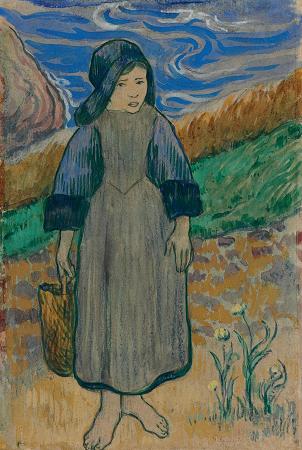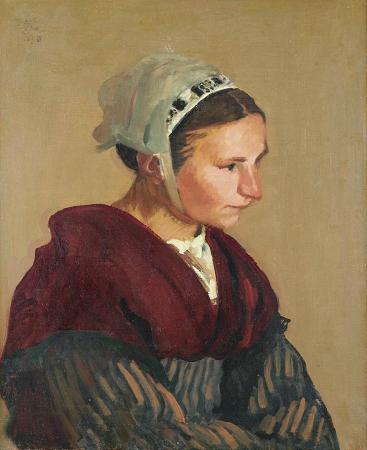Brittany. Brittany is a cultural region in the west of France, covering the western part of what was known as Armorica during the period of Roman occupation. It became an independent kingdom and then a duchy before being united with the Kingdom of France in 1532 as a province governed as if it were a separate nation under the crown. Brittany has also been referred to as Less, Lesser or Little Britain. It is bordered by the English Channel to the north, Normandy to the northeast, Pays de la Loire to the southeast, the Bay of Biscay to the south, and the Celtic Sea and the Atlantic Ocean to the west. Its land area is 34,023 kma2. Brittany is the site of some of the world's oldest standing architecture, home to the Barnenez, the Tumulus Saint-Michel and others, which date to the early 5th millennium BC. Today, the historical province of Brittany is split among five French departments: Finistère in the west, Côtes-d'Armor in the north, Ille-et-Vilaine in the northeast, Loire-Atlantique in the southeast and Morbihan in the south on the Bay of Biscay. Since reorganisation in 1956, the modern administrative region of Brittany comprises only four of the five Breton departments, or 80% of historical Brittany. The remaining area of old Brittany, the Loire-Atlantique department around Nantes, now forms part of the Pays de la Loire region. At the 2010 census, the population of historic Brittany was estimated to be 4,475,295. Of these, 71% lived in the region of Brittany, while 29% lived in the Loire-Atlantique department. In 2012, the largest metropolitan areas were Nantes, Rennes, and Brest. Brittany is the traditional homeland of the Breton people and is recognised by the Celtic League as one of the six Celtic nations, retaining a distinct cultural identity that reflects its history. A nationalist movement seeks greater autonomy within the French Republic. The word Brittany, along with its French, Breton and Gallo equivalents Bretagne, Breizh and Bertaèyn, derive from the Latin Britannia, which means Britons' land. This word had been used by the Romans since the 1st century to refer to Great Britain, and more specifically the Roman province of Britain. This word derives from a Greek word, or, used by Pytheas, an explorer from Massalia who visited the British Islands around 320 BC. The Romans called Brittany Armorica. It was a quite indefinite region that extended along the English Channel coast from the Seine estuary, then along the Atlantic coast to the Loire estuary and, according to several sources, maybe to the Garonne estuary. This term probably comes from a Gallic word, aremorica, which meansclose to the sea. Another name, Letauia, was used until the 12th century. It possibly means wide and flat or to expand and it gave the Welsh name for Brittany: Llydaw. After the fall of the Western Roman Empire, many Britons settled in western Armorica, and the region started to be called Britannia, although this name only replaced Armorica in the sixth century or perhaps by the end of the fifth. Later, authors like Geoffrey of Monmouth used the terms Britannia minor and Britannia major to distinguish Brittany from Britain. Breton-speaking people may pronounce the word Breizh in two different ways, according to their region of origin. Breton can be divided into two main dialects: the KLT and the dialect of Vannes. KLT speakers pronounce it and would write it Breiz, while the Vannetais speakers pronounce it and would write it Breih. The official spelling is a compromise between both variants, with a z and an h together. In 1941, efforts to unify the dialects led to the creation of the so-called Breton zh, a standard which has never been widely accepted. On its side, Gallo language has never had a widely accepted writing system and several ones coexist. For instance, the name of the region in that language can be written Bertaèyn in ELG script, or Bertègn in MOGA, and a couple of other scripts also exist. Brittany has been inhabited by humans since the Lower Paleolithic. The first settlers were Neanderthals. This population was scarce and very similar to the other Neanderthals found in the whole of Western Europe.
more...












